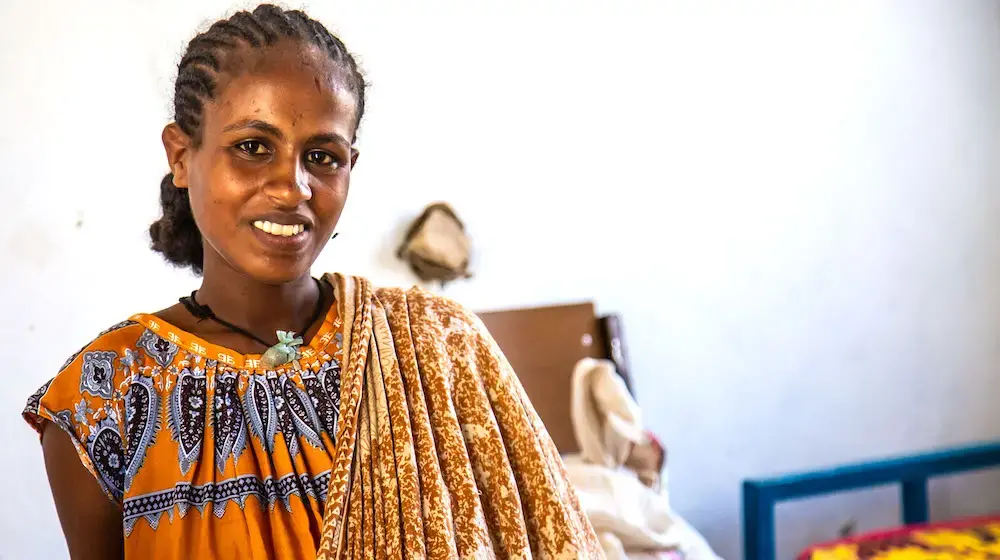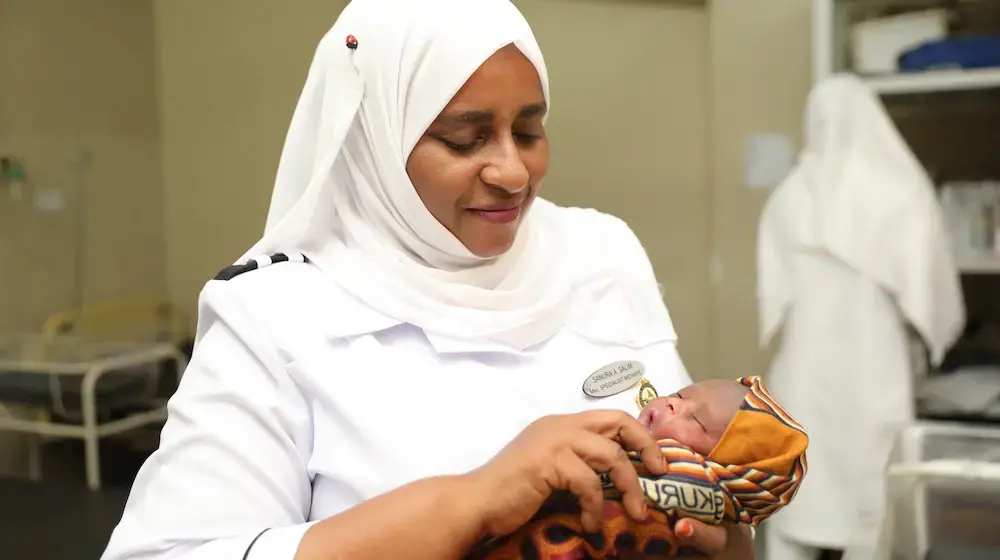The first ever State of the World’s Midwifery report is focused on 58 countries with high rates of maternal, foetal and newborn mortality. Its content has been largely informed by responses to a detailed survey that was developed to collect new or updated data and information in six areas: the number and types of practising midwifery personnel, education, regulation, professional association, policies and external development assistance.
Every year about 350,000 women die while pregnant or giving birth, up to 2 million newborns die within the first 24 hours of life, and there are 2.6 million stillbirths. The overwhelming majority of these deaths occur in low-income countries and most of them could have been prevented. They happen because women — usually the poor and marginalized — have no access to functioning health facilities or to qualified health professionals.
The State of the World’s Midwifery 2011: Delivering Health, Saving Lives, co-ordinated by UNFPA, the United Nations Population Fund, is the result of the collaborative efforts of 30 agencies and organisations and hundreds of individuals working at the national, subnational, regional and global levels. It responds to the ‘Global Call to Action’ issued at the Symposium on Strengthening Midwifery at Women Deliver in Washington, DC in June 2010; and it is supportive of and aligned with the UN Secretary-General’s Global Strategy for Women’s and Children’s Health.
The report presents a body of knowledge to inform and accelerate the availability of quality midwifery services for women and newborns. It aims to make a valuable contribution both to strengthening the midwifery workforce around the world and to the critical planning that is needed to achieve the health Millennium Development Goals.




